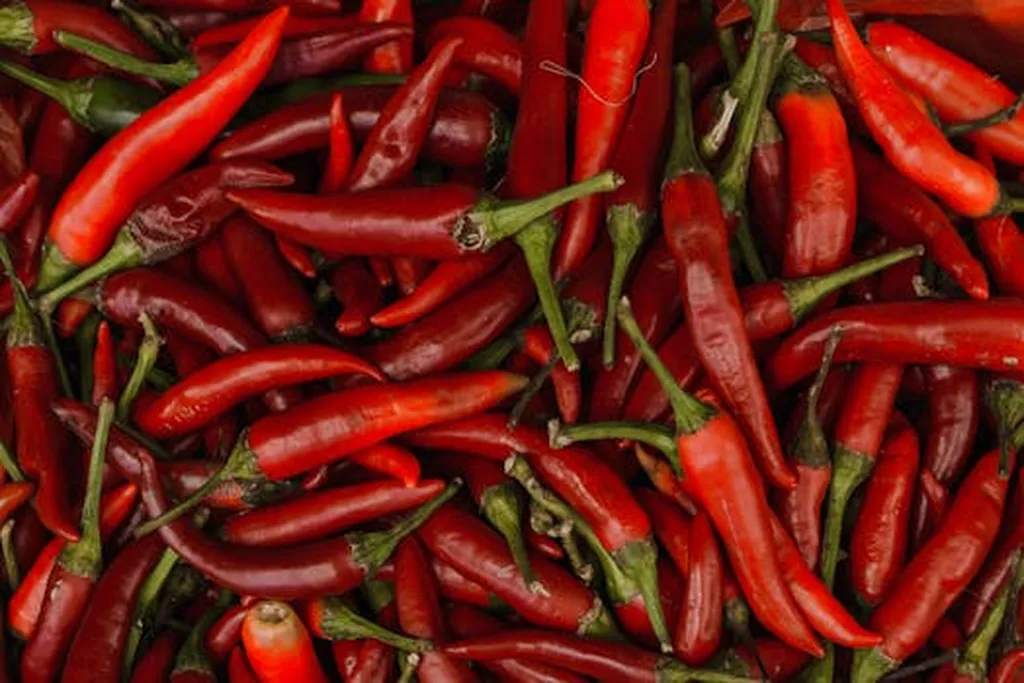In the world of facility agriculture, where controlled environments nurture a significant portion of global vegetable production, disease management is a critical challenge. Among the crops at risk, hot peppers stand out due to their susceptibility to damping-off, a condition that can devastate seedling production. Traditional detection methods, often time-consuming and labor-intensive, can allow diseases to proliferate unchecked. However, a recent study published in *Horticulturae* offers a promising solution: an explainable machine learning framework designed to predict and manage hot pepper damping-off with remarkable accuracy.
The research, led by Zhaoyuan Wang from the Agricultural College at Shihezi University, introduces a model that not only predicts the severity of damping-off but also provides insights into the environmental factors contributing to its development. This model, built using a combination of data preprocessing techniques and machine learning algorithms, achieves an impressive F1-score of 0.9734 and an AUC value of 0.9969. These metrics underscore the model’s reliability in forecasting disease severity, a crucial capability for farmers aiming to preemptively manage outbreaks.
The study employed a rigorous process to develop the model. Initially, 19 baseline models were created, each undergoing statistical testing to identify the most promising candidates. The top five models were then subjected to hyperparameter tuning using the Bayesian Optimization algorithm. This iterative process led to the selection of the Extreme Random Trees model (ET), which proved most suitable for the research scenario.
One of the standout features of this model is its explainability. By leveraging SHapley Additive exPlanations (SHAP), the researchers were able to interpret the model’s predictions, providing clear insights into the factors influencing disease severity. “This explainability is crucial,” Wang notes, “as it allows farmers to understand the environmental conditions that contribute to damping-off, enabling them to make informed decisions about disease management.”
The commercial implications of this research are substantial. In facility agriculture, where precision and efficiency are paramount, the ability to predict and manage disease outbreaks can significantly enhance productivity and profitability. By deploying the model’s front-end visualization interface, farmers can monitor the development of damping-off in real-time, adjusting environmental factors such as temperature, humidity, and ventilation to mitigate disease impact. This proactive approach not only reduces the need for chemical interventions but also ensures healthier seedling growth, ultimately leading to higher yields and better-quality produce.
The study’s findings also pave the way for future developments in agricultural technology. The integration of machine learning models into facility agriculture practices could revolutionize disease management, making it more data-driven and predictive. As Wang explains, “The model’s accuracy and explainability make it a valuable tool for farmers, but its potential extends beyond hot peppers. The framework can be adapted to other crops and diseases, offering a versatile solution for modern agriculture.”
In conclusion, this research represents a significant advancement in the field of agricultural technology. By combining machine learning with practical disease management strategies, it offers a powerful tool for farmers navigating the complexities of facility agriculture. As the agricultural sector continues to embrace technological innovations, studies like this one will play a pivotal role in shaping the future of sustainable and efficient crop production.

